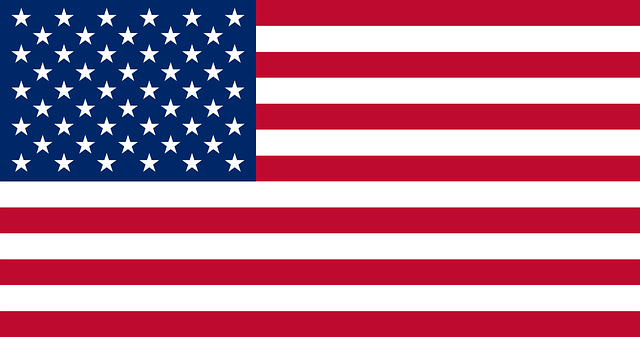The American flag, often referred to as the Stars and Stripes, stands as an iconic symbol of the United States of America.
Comprising thirteen alternating red and white stripes along with fifty stars on a field of blue, the flag holds significant historical, patriotic, and emotional value for Americans across generations.
In this article, we delve into the rich history, symbolism, and cultural importance of the American flag.
History and Evolution:
The roots of the American flag trace back to the Revolutionary War, when thirteen colonies sought independence from British rule.
Betsy Ross, a Philadelphia seamstress, is often credited with sewing the first flag with thirteen stars arranged in a circle representing unity. Over time, as the number of states expanded, so did the stars on the flag.
The current design with fifty stars, symbolizing each state, was established in 1960 after Hawaii became the fiftieth state to join the union.
Symbolism of Colors:
The colors of the American flag—red, white, and blue—carry profound symbolism.
Red signifies valor and bravery, reflecting the sacrifices of those who have fought for the country. White represents purity and innocence, embodying the hope for a brighter future. Blue, found in the field of stars, stands for vigilance, perseverance, and justice.
Stars and Stripes: Stars and Their Meaning:
The fifty stars on the blue field are a unifying element, symbolizing the unity of the states and the federal government. They also represent the night sky, embodying the collective aspirations of the nation.
Each star signifies a state and its unique contribution to the country’s identity. The stars are arranged in rows of alternating five and six, ensuring a balanced and harmonious layout.
Thirteen Stripes: A Connection to the Past:
The thirteen alternating red and white stripes represent the original thirteen colonies that declared their independence from Britain in 1776.
These stripes serve as a reminder of the nation’s revolutionary origins and the struggles for freedom and self-governance. The arrangement of seven red stripes and six white ones is a testament to the harmony sought between these new states.
Cultural Significance:
The American flag holds immense cultural significance. It is prominently displayed on holidays such as Independence Day, Memorial Day, and Veterans Day as a way of honoring the nation’s history and those who have served it.
The flag’s image is found on a range of products, from clothing to accessories, showcasing a sense of pride and identity.
Flag Etiquette: Respect and Reverence:
Americans hold a deep respect for their flag, and specific etiquette guidelines are followed when displaying or handling it. For instance, the flag should be hoisted briskly and lowered ceremoniously.
When displayed with other flags, the American flag takes the position of honor and should never touch the ground.
Conclusion:
The American flag is not just a piece of cloth; it embodies the ideals, history, and unity of a nation. With its rich history, symbolism, and cultural significance, the Stars and Stripes continues to inspire and unite Americans of all backgrounds. This enduring symbol represents the collective spirit and shared values that define the United States of America.

